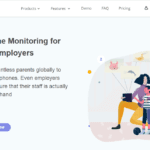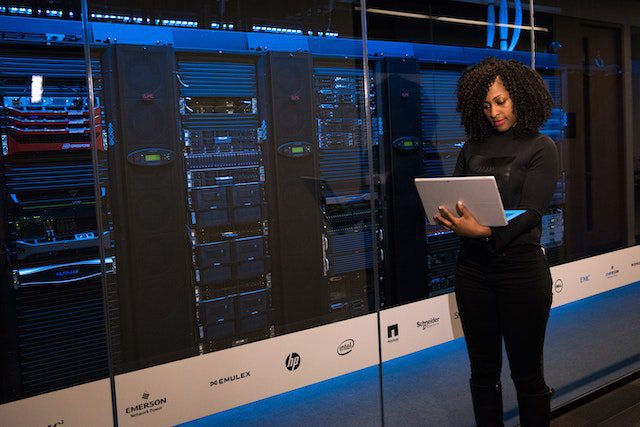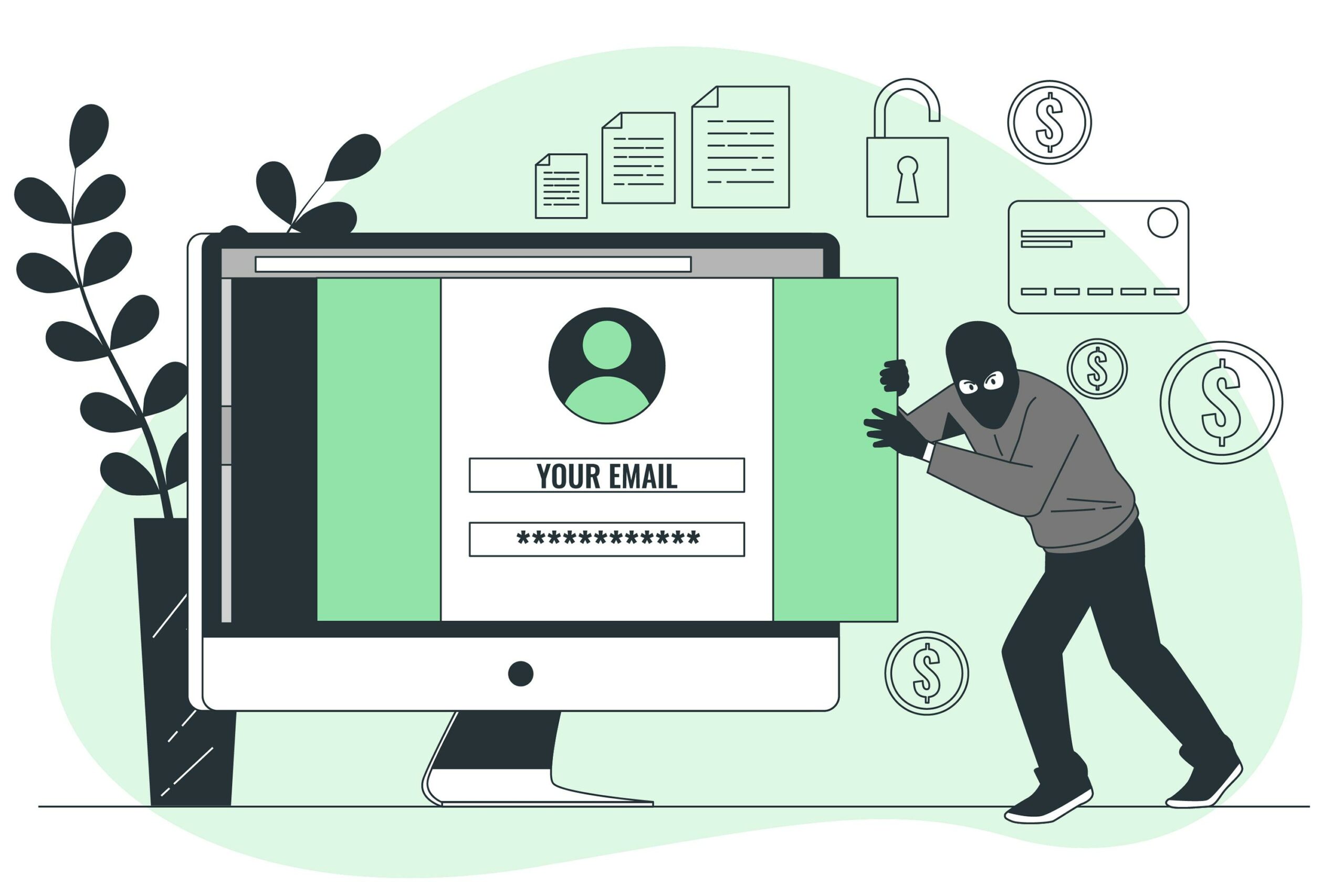The benefits of cloud applications are clear. They offer the flexibility, efficiency, and agility of empowering the workforce that works while on the move or remotely. Employees and organizations today are no longer limited to what they can achieve. And they can do that by simply ensuring that their work staff has access to the Internet and the right cloud applications. However, ensuring robust data security is crucial when leveraging cloud-based solutions.
With more and more organizations now facing rapidly expanding remote workforces (especially relevant since the COVID outbreak), the recent approaches to working can pose new and unexplored data security challenges. An increasing number of businesses that offer work from anywhere options have a pressing need to ensure their business continuity plans are well-thought-out to prepare them in providing for long-term operational support.
Given changing work cultures, it can be an ideal time for organizations to evaluate their data security strategies and technologies emphasizing supporting data security and productivity in equal measure.

Here are some strategies that organizations can address and execute in the wake of remote working and data security risks.
Know the kind of cloud applications for your business
An organization cannot optimize if it does not know what needs optimization or how to go about it. Understanding the kind of cloud applications employees use and benefit from on a day-to-day basis can offer deep insight into recognizing the needs of the workforce. It can also help solve challenges in ensuring that employees get their jobs done.
Grasping how employees make use of specific cloud applications can help organizations mitigate data security risks and better protect classified information because the flow of the data would be evident. Individual solutions such as cloud access security brokers are helpful in revealing controlled and unsanctioned cloud applications that may be prevalent within the organization and how employees are connecting to IT resources within the networks.
Prioritizing user experiences while getting rid of conflicts
Employees need to access specific cloud applications to get their tasks completed. This means regardless of whether your workforce is making use of interactive communication avenues or public code depositories, it is important that the organization offers smooth access to these applications. In the absence of sanctioned and well-supported tools to enable employee productivity, in some scenarios and organizations, it is seen that Shadow IT naturally proliferates.
In some cases, it is seen that when systems and applications are unreliable or slow, employees often resort to workarounds to keep their productivity flowing. And in such circumstances, it could mean bypassing security protocols that your organization may have in place. An essential way of preventing this is to implement a robust data security strategy that does not come in the way of efficiency and productivity.
Typically, the workforce will adopt unsanctioned cloud applications if these are useful in completing their tasks. This is why organizations must sit up and take note.
Employees that work outside the office perimeter in a remote setting could make use of applications unsafe for data security. Hence, organizations must focus on providing remote workers secure ways of accessing the software they need to remove the dangers of remote workers taking unnecessary risks.
In this regard, it can help to enable employees and introduce collaboration capabilities to bring together large groups of remote workers and log them onto a platform to reach organizational systems and data. Various videoconferencing solutions and collaboration applications are coming to the fore to help employees stay connected and productive.
Standardized data security solutions throughout the work environment
If you’re looking to manage your confidential information across a diverse assortment of devices, it can help to secure the data through PDF DRM(digital rights management for PDF files). As employees, third-party associates, vendors, and stakeholders are embracing bring your own devices (BYOD), organizations could find it challenging to get visibility into how employees use unmanaged devices to access organizational networks.
In this regard, data security stands at considerable risk of being exposed. DRM can assure that protected data is safely shared while ensuring that you maintain full visibility and control with DRM data protection controls, encryption, and centralized control of your confidential information, regardless of how information is shared and stored in the cloud.
Depending on the level of confidentiality, DRM wraps your protected content with encryption and can provide controls such as revoking access to users and automatically expiring confidential data after it has been viewed and/or printed. It is crucial to remember that protecting your data and privacy entails keeping your information safe from thieves and ensuring you’re not giving more information to data harvesters than you need to.
You can ensure you hold resolute end-to-end encryption of all information secured by DRM on the cloud. With PDF DRM, you can safeguard access to sensitive files by permitted users on various platforms and devices. By offering you complete control over access to your most confidential data, you can prevent unauthorized users from gaining access and control what permitted users can do with protected content (say print it), along with real-time revocation.
Regardless of where your employees work from and where your data lies, you can ensure that your work staff seamlessly executes their tasks without hampering their productivity, while scaling up your security strategy with DRM.








